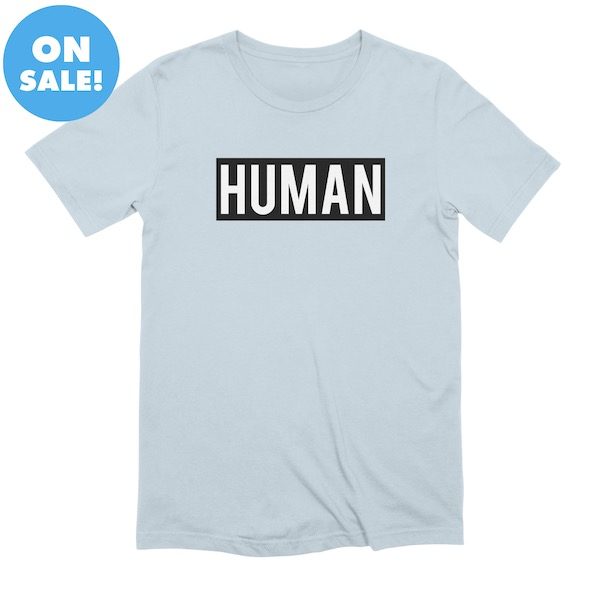Parties are the ultimate high school gathering. You can hang with your friends and go crazy with little to no adult supervision. But sometimes this reduced supervision can lead to the presence of alcohol. Even though it is illegal, it might not seem like a big deal to drink, but you need to be careful. There aren’t many benefits to drinking and there are a lot of serious consequences that you will have to deal with.
Death and Injury Rates
Each year there are about 4,300 deaths associated with underage drinking. On average, approximately 2,000 teens die every year because of drunk driving. Drunk driving is not cool. Getting caught could mean some serious legal repercussions, such as jail time, heavy fines, and community service. Having a record can prevent you from getting into a good college or even finding a job.
Additionally, thousands of teens are injured each year while under the influence of alcohol and many of them report that they were assaulted by a peer who had been drinking. Alcohol poisoning can also occur when you binge drink. The effects of binge drinking range from a nasty hangover to death, so it is not something to mess around with.

Risky Behavior
Drinking lowers your inhibitions and impairs your judgment. When you are drinking, you may make stupid decisions or put yourself in situations that are not safe. You are more likely to hurt yourself or to get hurt while you are drinking. You are also more likely to be sexually assaulted. Thousands of teens report each year that they were sexually assaulted while under the influence of alcohol. Even if you are consenting, you may not use proper protection, which leaves you vulnerable to contracting an STD.
Impact on Your Brain
Did you know that underage drinking can result in changes to your brain? Your brain won’t finish developing until your mid- to late-twenties, meaning that anything that you do to your brain can have a permanent effect on your brain. Underage drinking has been shown to impact that development and the functions of the brain. The younger you are when you start drinking, the more likely you are to get addicted or to impair the development of your brain. Not only can this cause a problem for you now, but it can also make it easier to get addicted to other substances.
So before you take that first sip, consider what you are getting yourself into. Drinking can wait until you are older, and you can still have fun with your friends without getting drunk. If you do have too much to drink on a big night out, you can get a hangover IV in Phoenix. This treatment can help get rid of your hangover symptoms faster.

